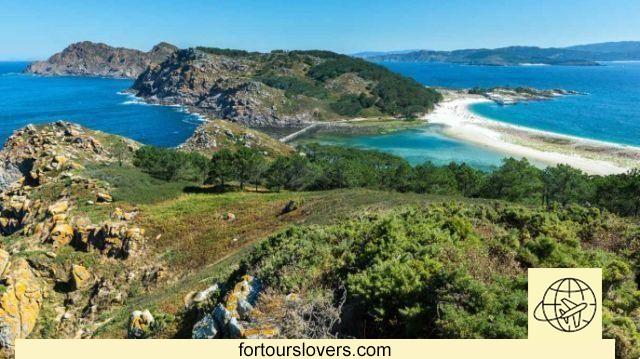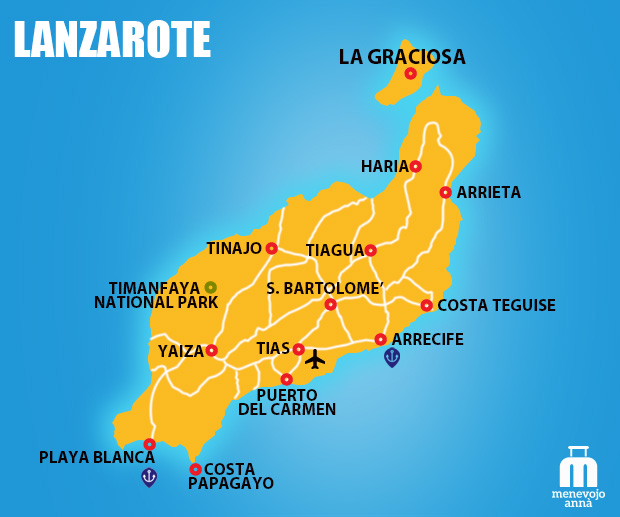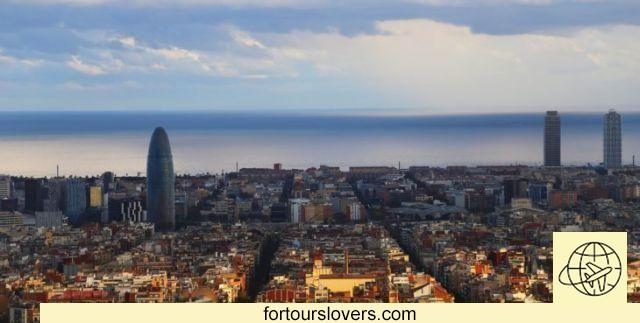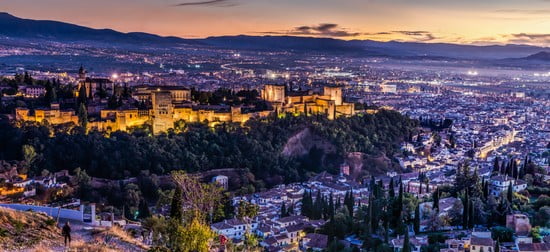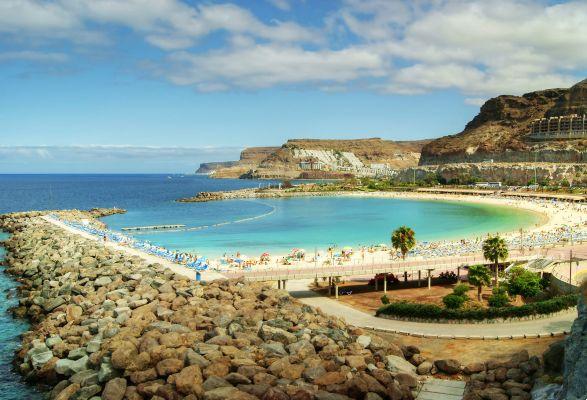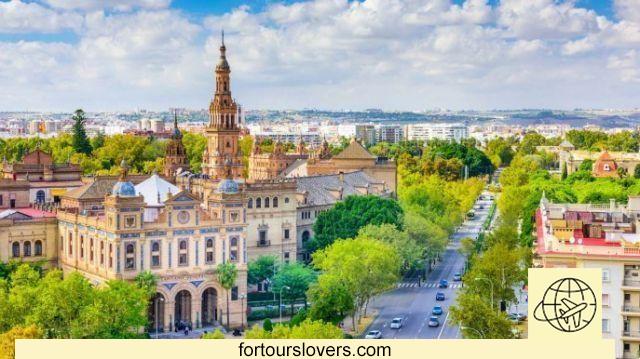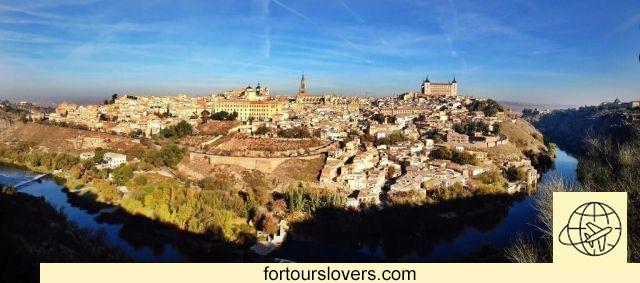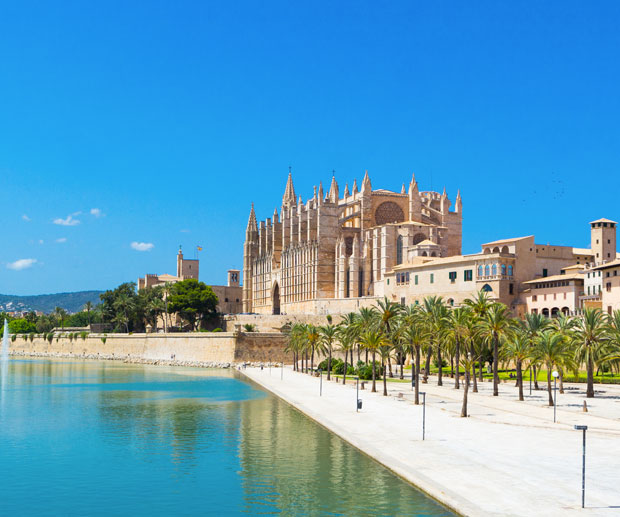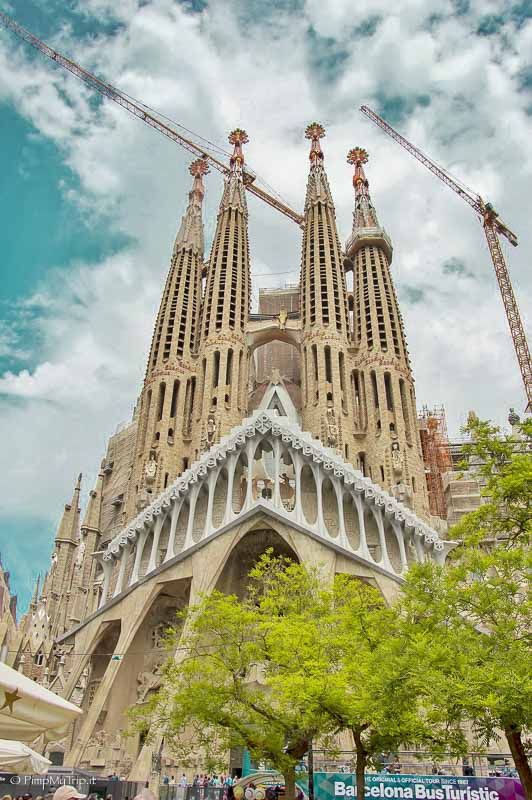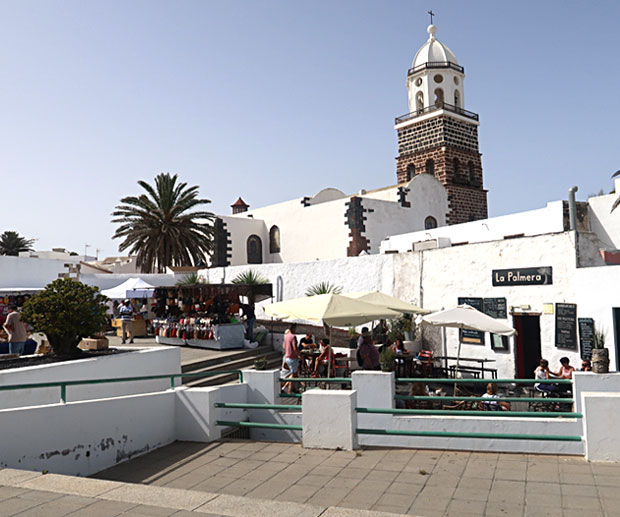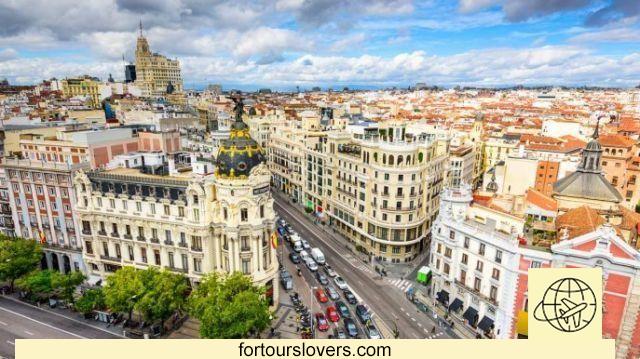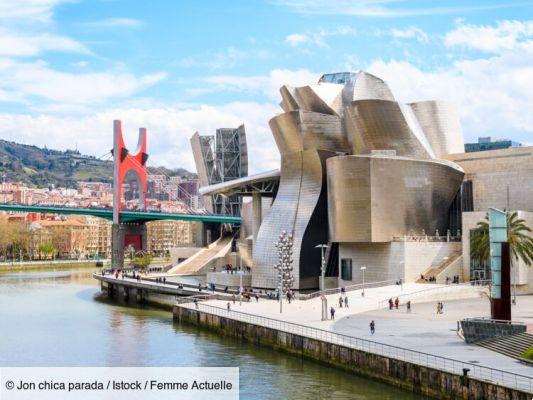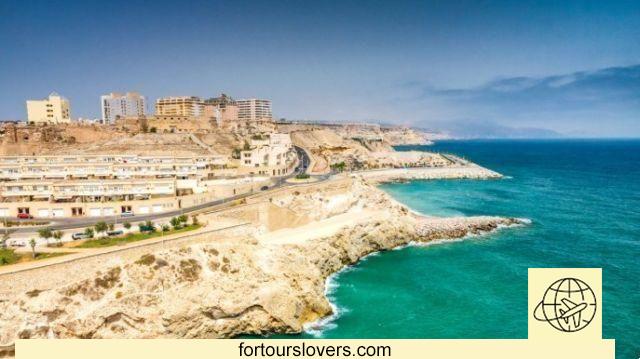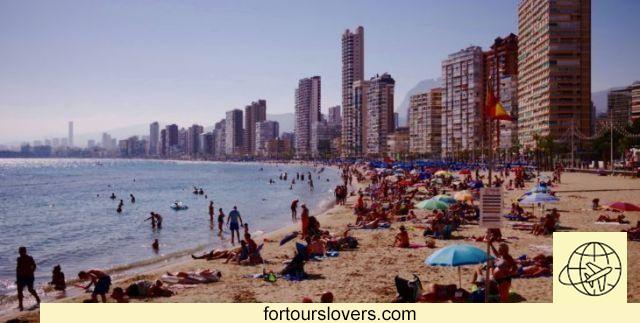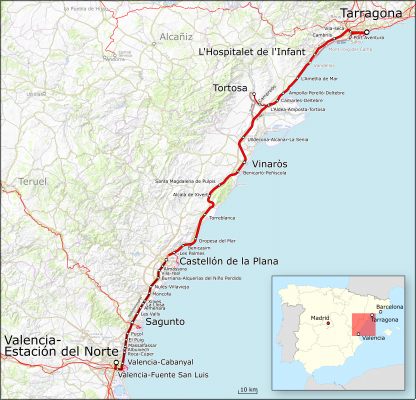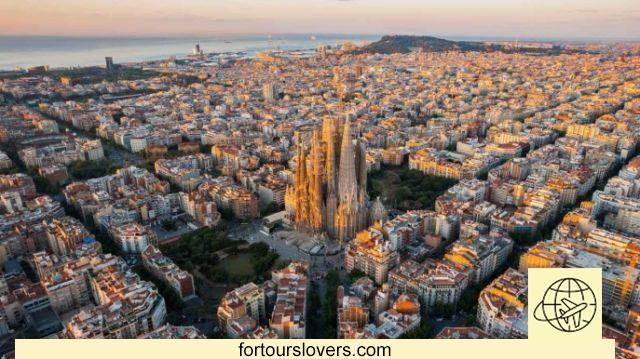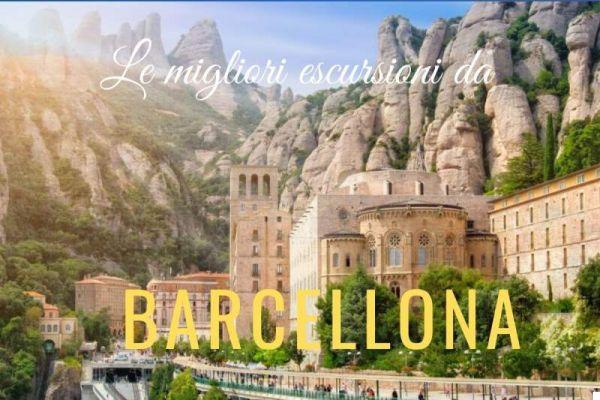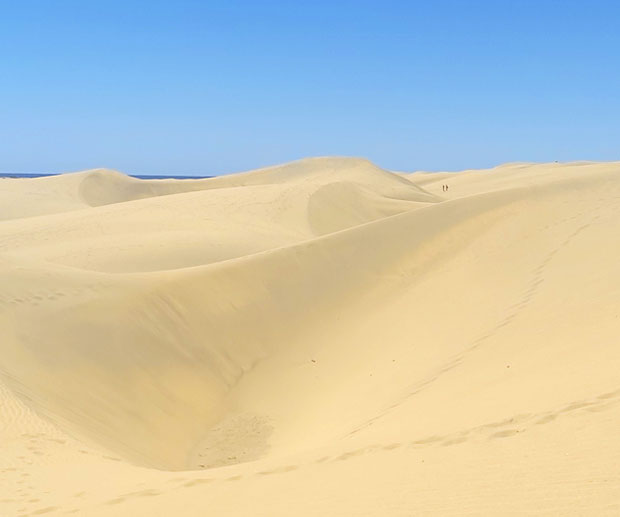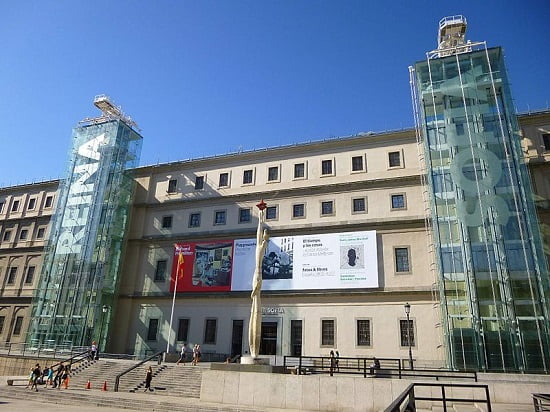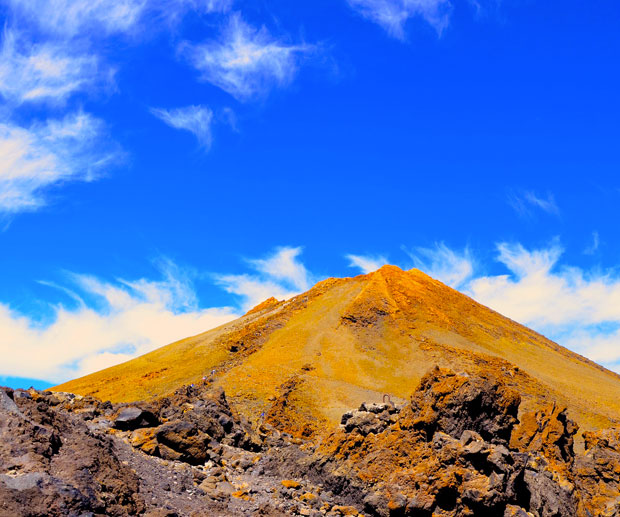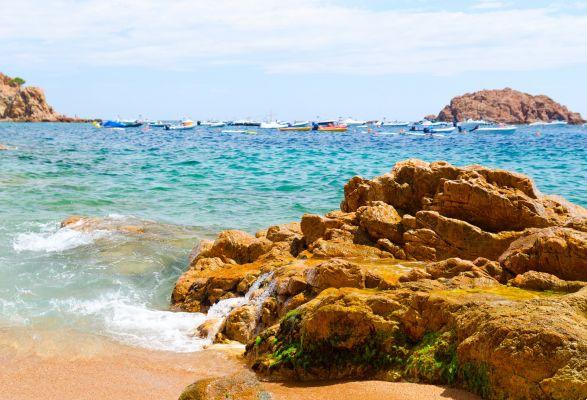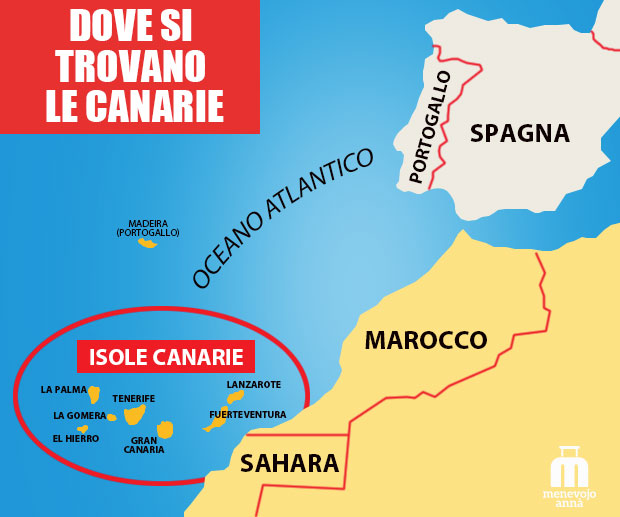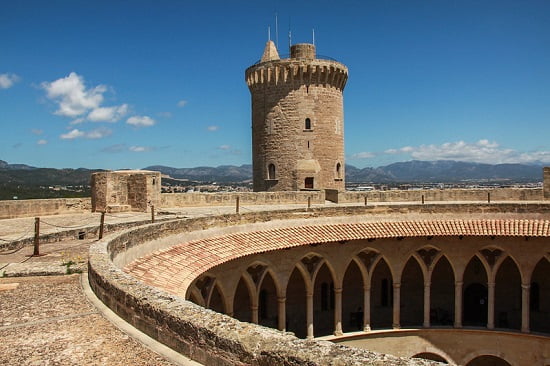Barceloneta is one of the most famous neighborhoods in Barcelona. The former fishing town forms an inseparable entity with its emblematic (and namesake) beach and, frankly, I believe neither could exist without the other.
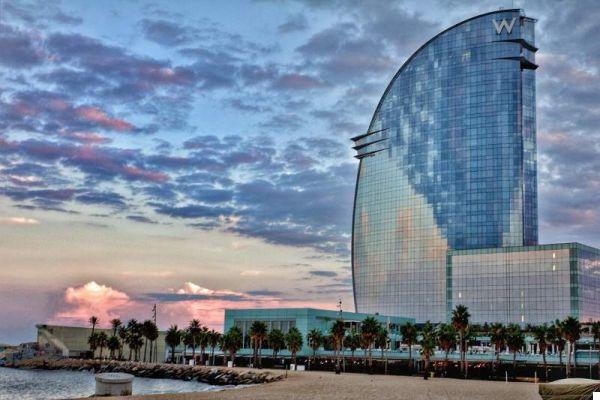
If you are looking for information on what to see in La Barceloneta, you are in the right place. By far it is among the neighborhoods (neighborhood in Spanish is traditionally "barrio") of Barcelona my favorite and every time I go there, I spend hours in the dynamism of the streets of the its historic center, observing their particular architecture, even stopping just to look at the windows of fish restaurants ... for me La Barceloneta is like a magnet!
It was born in the eighteenth century to house displaced people who saw their houses demolished at the hands of Philip V of Bourbon, who wanted to build the Ciutadella, military fortress of the city (and then demolished in 1868 to give space to the spectacular Ciutadella Park).
The Barceloneta was therefore, in ancient times, nothing more than a fishing village who lived in rather difficult conditions, even I know today, looking at it, it has become a very popular and trendy neighborhood.
La Barceloneta has the characteristic of being, today, full of restaurants, activities and nightlife but still managing to maintain its charm of a small town.
Well, if you're wondering what to visit in Barcelona, trust me, you can't miss the Barceloneta, that's why I wrote this article on what to see and what to do hoping you can enjoy it to the fullest!
Note: surely if you go to Barcelona, you will want to visit Barcelona too Sagrada Familia: read here the 6 mistakes to avoid absolutely!
What to see in la Barceloneta
The beaches of Barceloneta
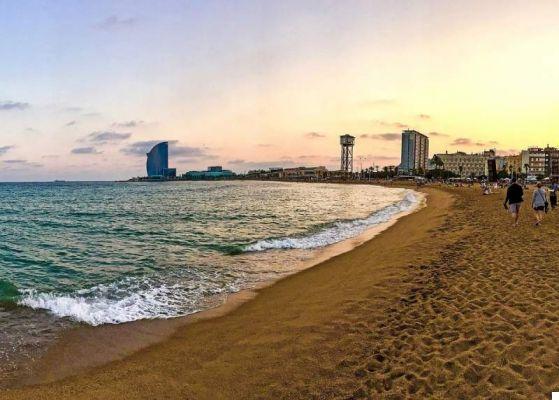
Although I talked about the beach earlier, I actually bluffed. I am indeed 4 beaches and
make up the Barceloneta area, beaches with a cheerful and lively atmosphere, restaurants and infrastructure.
If you like the "futuristic" then you shouldn't miss it beach of Sant Sebastià thanks to the profile of the superb W Barcelona hotel.
After it you find the Barceloneta beach, with its large stretch of sand that is perfect for a variety of sporting activities (but if you are looking for tranquility it may not be for you, although it is still worth spending a couple of hours).
Further down, you will encounter the Sant Miquel beach, where there is an extravagant sculpture, there'Wounded Star ("The Wounded Shooting Star"), designed by the German architect Rebecca Horn, which has the appearance of four unstable blocks (it seems they are about to fall at any moment) stacked on top of each other: it is a symbol of old quarter of the Barceloneta, and strange to say, the sculpture represents apartment blocks that were built before the area became as flashy as it is today.
La Somorrostro beach it is the last in the neighborhood and, until the mid-20th century, was used as a slum which at its peak housed up to 15.000 people.
The Museum of Catalan History
Il Catalan History Museum, located in the red brick building just in front of Port Vell's many white yachts, it shows the history of Catalunya from its origins up to the present day to the contemporary.
In my opinion it is worth a visit, especially if you are looking for alternative things to do in Barcelona and for 6,50 euros of ticket cost, surely if you go there, you are not wrong.
☞ You can buy your skip-the-line online ticket at the Catalan History Museum hereIt is also the perfect place for families with children to spend the day away from the crowds.
In addition to the rich and well presented museum exhibits, the building has an observation deck and a restaurant on the top floor, from which you can enjoy the picturesque view of the port of Barcelona.
The museum is divided into eight important periods, which document Catalan history from the earliest roots in the Paleolithic to the settlement of the Romans and up to the present day. Its purpose is to share the heritage of Catalonia, and works incessantly on further studies with a constant turnover of new exhibitions that explore certain periods and topics with greater depth (with increasingly interactive exhibitions).
Trust me: it is worth seeing, much more than other more renowned places of interest.
The museum is open from Tuesday to Saturday from 10am to 19pm and can be visited on Sundays and public holidays from 10am to 14pm. (On normal Mondays, however, it is closed.)
And here I also reveal a little secret ... the museum is open to the public for free on the first Sunday of each month.
The only question left to ask is, what are you waiting for to buy the ticket?
Cable car from La Barceloneta to Montjuïc (Aeri del Port)
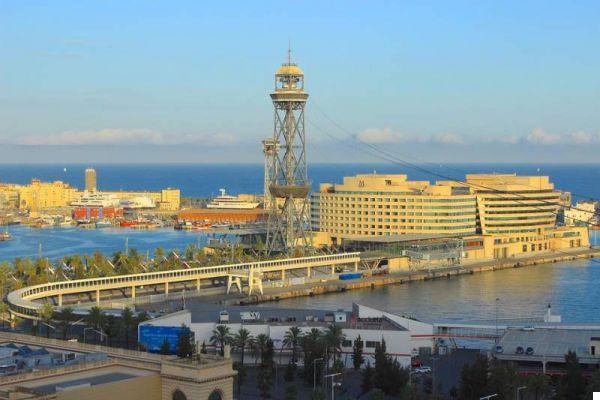
If you want to enjoy the magnificent views of Barcelona from above, the Cable car of the Port (Aeri del Port) is definitely for you.
There is a cable car stop on Sant Sebastià beach; from there you can start your breathtaking ride to the Montjuïc hill and reach the nearby observation deck
all’hotel Miramar.
A couple of minutes in one of these historic red cabins, which were designed in 1929, will give you the chance to experience a bird's eye view of central Barcelona, the port and the beaches from an unusual perspective and an breathtaking height.
Il full return ticket costs € 16,50, while for the one way you will pay € 11.
Tickets for the cableway of the port they cannot be purchased online, can be bought directly at the stations. Long queues can be created during peak seasons (as almost everywhere in Barcelona's sights), so go early in the morning, arriving maybe a little before opening.
Church of Saint Miquel del Port
When the Barceloneta area quickly became a kind of working-class slum, a new parish was built, dedicated to the Archangel Saint Michael. The denomination Sant Miquel del Port it must have distinguished it from the other late Gothic church of San Michele which stood near the town hall of Barcelona until the mid-nineteenth century.
Designed by a Spanish architect, Pedro Martín Cermeño, who was primarily a military engineer, the church was built somewhat in a hurry between 1753 and 1755.
Martín Cermeño's basic project was strongly influenced by that of the Italian Jesuit churches. A curious fact is that when it was built the military authorities insisted that the church be low enough not to block La Ciutadella's cannons firing at ships approaching the port, and therefore the original structure only featured a small dome.
In 1863 the church was enlarged to meet the needs of the rapidly growing local population. At the same time, due to the closure and demolition of the nearby Citadel, there was no longer any need for height restrictions and therefore a real bell tower was built.
Like other Baroque churches in the city, Sant Miquel was burned down in 1936, which sadly ruined the interior decorations. The statues on the facade were also destroyed, including the central image of San Michele, and were eventually replaced in the 90s. .
Today, the feast of San Michele, the main street festival della Barceloneta, is held on 29 September, and the whole neighborhood participates by partying in the large square in front of the church.
The emblematic silhouette of the W Hotel
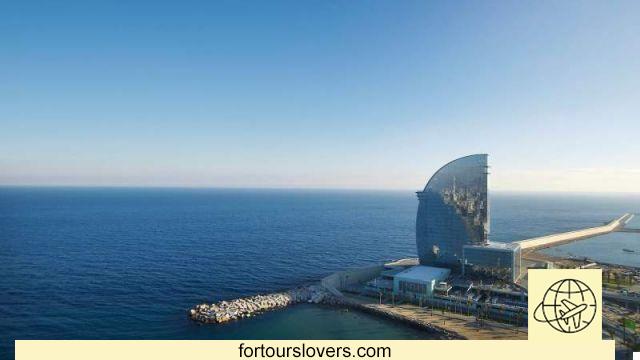
THEHotel W Barcellona it was inaugurated in 2009 and has become one of the new emblems of Barcelona. That said, the W Barcelona is also one of the most controversial buildings in the city, due to its somewhat unusual architecture and the many events that are held here, on its top floor.
Despite this the building was very successful winning numerous awards as the best architectural project among hotels in all of Europe. But there was also harsh criticism and scandal: the hotel was built too close to the sea and broke all the rules of housing, because of this the ecologists have asked (and continue to do so) that it be demolished.
The tower of the Marenostrum
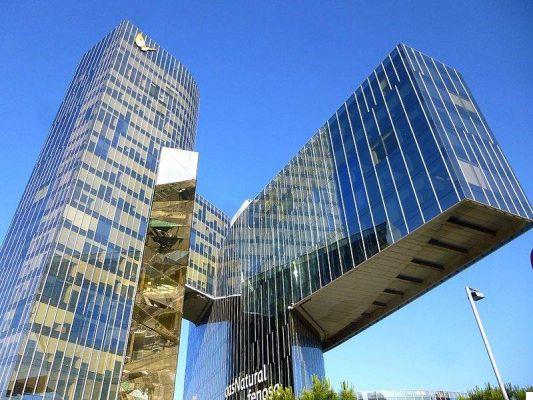
La Marenostrum Tower, created by Enric Miralles and now home to the Gas Natural company, is another controversial piece of contemporary Barcelona architecture and arguably one of the most unique buildings I have ever seen in my entire life.
Its shape, inspired by the wind and water of the Mediterranean coast, has sparked a lot of debate especially for its waterfront location. The 100-meter tower that includes two independent buildings, its sinuous but modern architecture and its “crystalline” shape make it a landmark of the Barcelona skyline.
Port Vell and a walk to observe the yachts
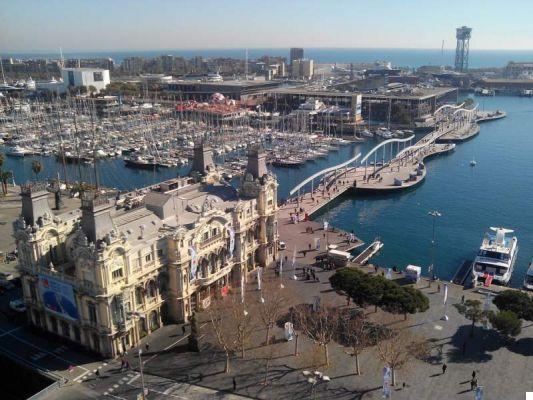
Port Vell (meaning 'old port') stretches from Plaça de les Drassanes (near the Rambla) to the old Barceloneta district, and is one of the most touristy destinations in Barcelona.
It covers the area between the Museum of Catalan History and the Columbus monument (the statue just down the Rambla and on which you can climb while enjoying the view of the harbor).
The route along this stretch offers romantic views of yachts, the inviting smell of seafood restaurants, and a vibrant cosmopolitan atmosphere. Near the Christopher Columbus monument you will find the departure point of the small excursion boats called "Las Golondrinas" (“The seagulls”) and a suspension bridge leading to the Maremagnum shopping center and the aquarium.
Inside the ancient shipyards there is the maritime museum with its huge and splendid display of ships and objects related to the world of the sea, recommended for both adults and children.
The Aquarium
Although I have a beautiful aquarium in Genoa, I cannot fail to mention theBarcelona aquarium which is one of the largest in Europe and is home to over 11.000 types of fish and sea creatures.
What better place for an ocean aquarium than to be right on the ocean front? In my opinion you should take into account some time to visit it: it deserves.
The Barcelona aquarium is in fact one of the most important Mediterranean aquariums and research centers in the world!
☞ You can buy your skip-the-line ticket at the Barcelona aquarium here
You can buy the ticket also from the website of the TOURISM by clicking on the blue button below:
Buy the TICKET FOR THE AQUARIUM

“Dive” to discover the marine and underwater world of the Mediterranean Sea and observe the fauna and flora of the tropical gardens. The real gem in the museum is his huge oceanarium - 36 meters in diameter and five meters deep.
The bravest adventurers can try diving (really) with sharks.
The historic center of La Barceloneta
The old historic center of Barceloneta worth a walk to savor the architecture that here, compared to that of the aristocratic houses of the neighboring neighborhoods of El Born and L'Eixample, is actually quite sober .
All the buildings are smaller and simpler with very narrow balconies; most of the windows are covered with blue and yellow flags, which are the ancient heraldic symbols of Barceloneta.
Take a stroll to Placa de la Barceloneta and Carrer de la Maquinista, which are full of lively bars, and stop for dinner at one of the exquisite seafood restaurants at the start of Passeig de Joan de Borbó.
The market of La Barceloneta
Il La Barceloneta market, located in the historic center of the district and exactly in Plaça Poeta Bosca, offers fresh seafood and a varied gastronomy: here you can find some excellent fish restaurants.
Furthermore, the construction of the market deserves attention as a good example of sustainable urban city and contemporary architecture.
The French train station (Estació de França)
The French railway station was built in 1929 and was previously one of the main transport hubs in Barcelona. Designed by the architect Pedro Muguruza and the engineer Andreu Muntaner, the luxurious interior, the elaborate art deco and the liberty details make this place one that is absolutely worth a visit.
No wonder this building has been declared a local cultural heritage by the Barcelona City Hall.




